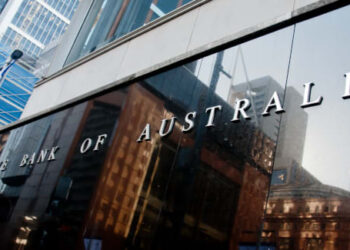The public mergers and acquisitions (M&A) market saw a revival over the last 12 months, recording the highest number of deals in over a decade, according to Corrs Chambers Westgarth.
Namely, Australia’s public M&A market saw 59 transactions in the 12 months to 30 September, up from 56 the prior corresponding period.
Despite the record deal volume, overall deal value dropped from approximately $78.2 billion to around $46.1 billion.
At the same time, Corrs explained that the year was not without its challenges.
“Last year, we predicted that there would be an increase in activity but that market dynamics would be ‘fragile’, and this has proven to be the case,” the law firm explained in a new report.
Namely, inflationary pressures, coupled with a still-noticeable divide between buyers and sellers in terms of pricing, resulted in a notable increase in hostile deals, up to 22 per cent compared to 13 per cent in the 12 months to September 2023.
And while Corrs expects the coming year to present additional challenges, it still anticipates further activity and a greater variety of M&A transactions.
“Last year saw much higher levels of activity in the public M&A market than we have experienced in a long time, and while the year ahead will have some challenges, we believe that these elevated activity levels will continue,” head of corporate Sandy Mak said.
“Interest rates are stable and there is a strong appetite to get deals done, so our outlook for M&A for the coming year is vibrant.”
According to Mak, available capital, a strong appetite for strategic growth in select sectors, and a need to secure a competitive advantage are all factors that have been key drivers of increased activity.
Corrs further anticipates that the energy and resources sector will continue to lead the local M&A landscape, having maintained its position for the third consecutive year.
“Additionally, we expect the tech sector to remain one of the most active for M&A activity in Australia, with private capital playing a significant role,” Mak said.
Looking ahead, the law firm highlighted that M&A deals could see a further spike ahead of Australia’s merger clearance reforms.
Namely, from 1 January 2026, with a transitional regime available from mid-2025, a mandatory and suspensory merger control regime will apply.
“This is a radical transformation from the previous voluntary notification regime for Australian dealmakers … in essence, the new regime will capture a significant number of transactions and may result in significant delays to transactions,” Corrs said.
As such, it expects that buyers and sellers may aim to fast-track their transactions with a tight timetable to completion in order to close their deals before the mandatory notification regime commences.
“Many merger parties seeking voluntary clearance in the second half of 2025 will seek to notify under the new regime to avoid being required to re-notify if clearance is not granted before 1 January 2026,” it said.







